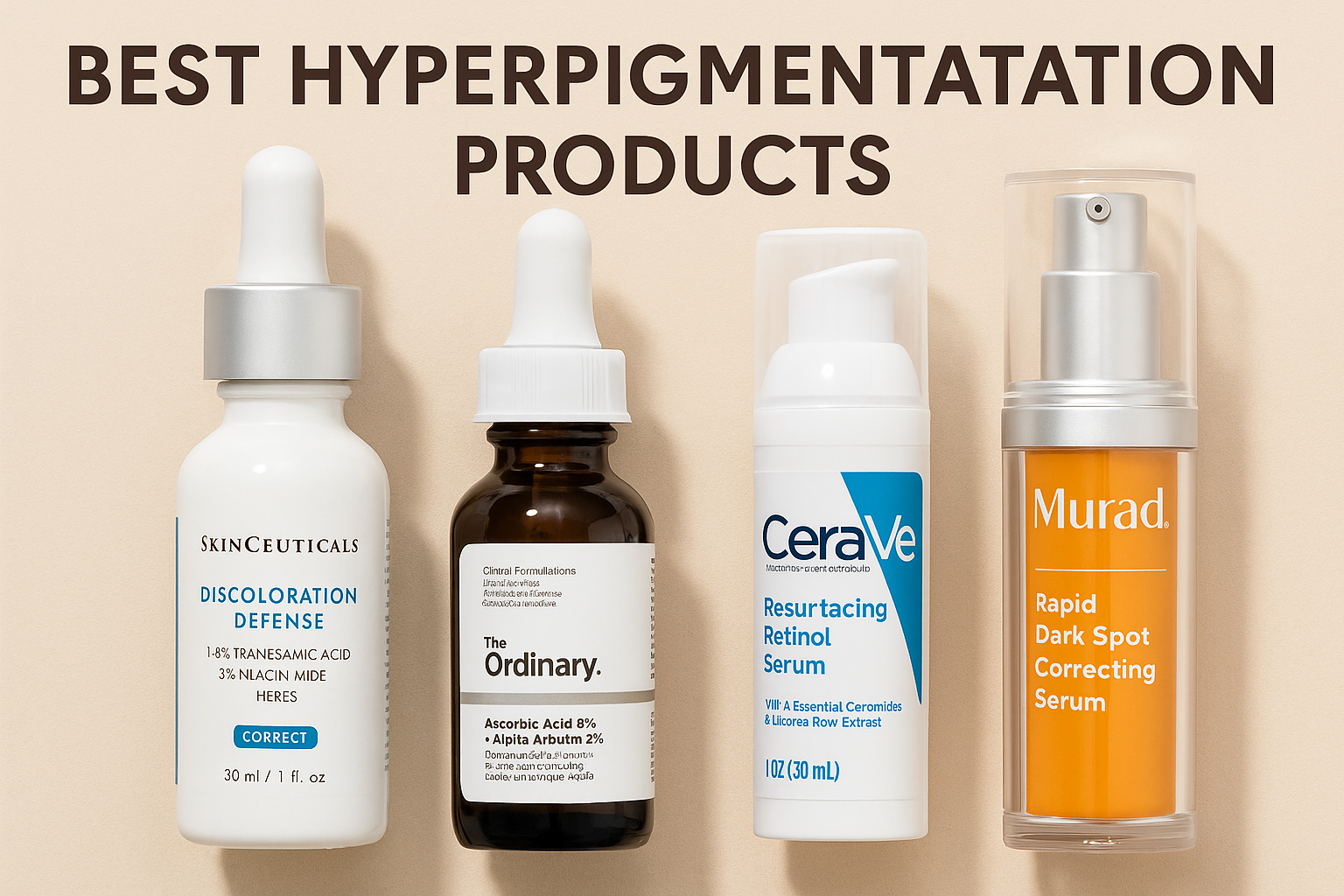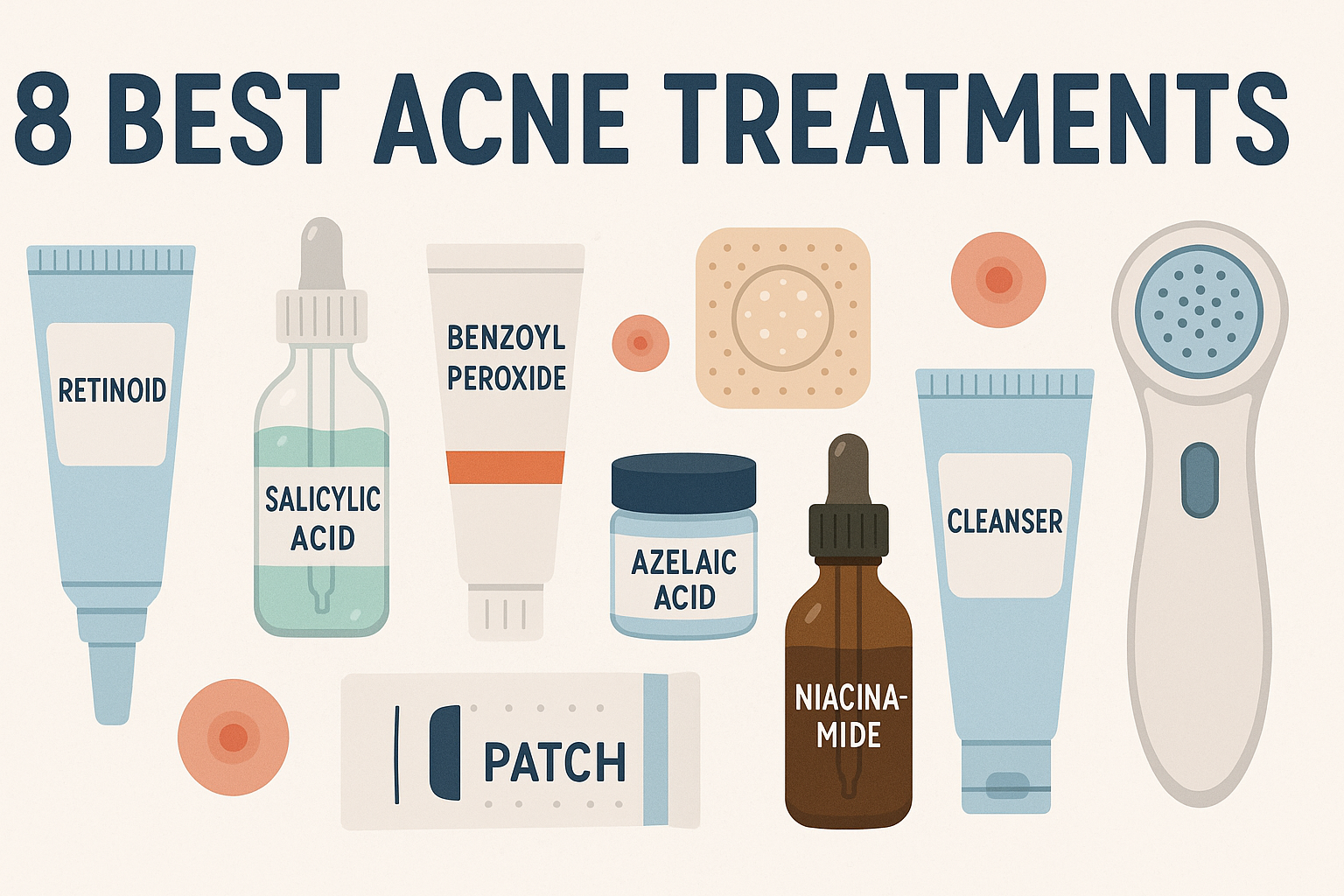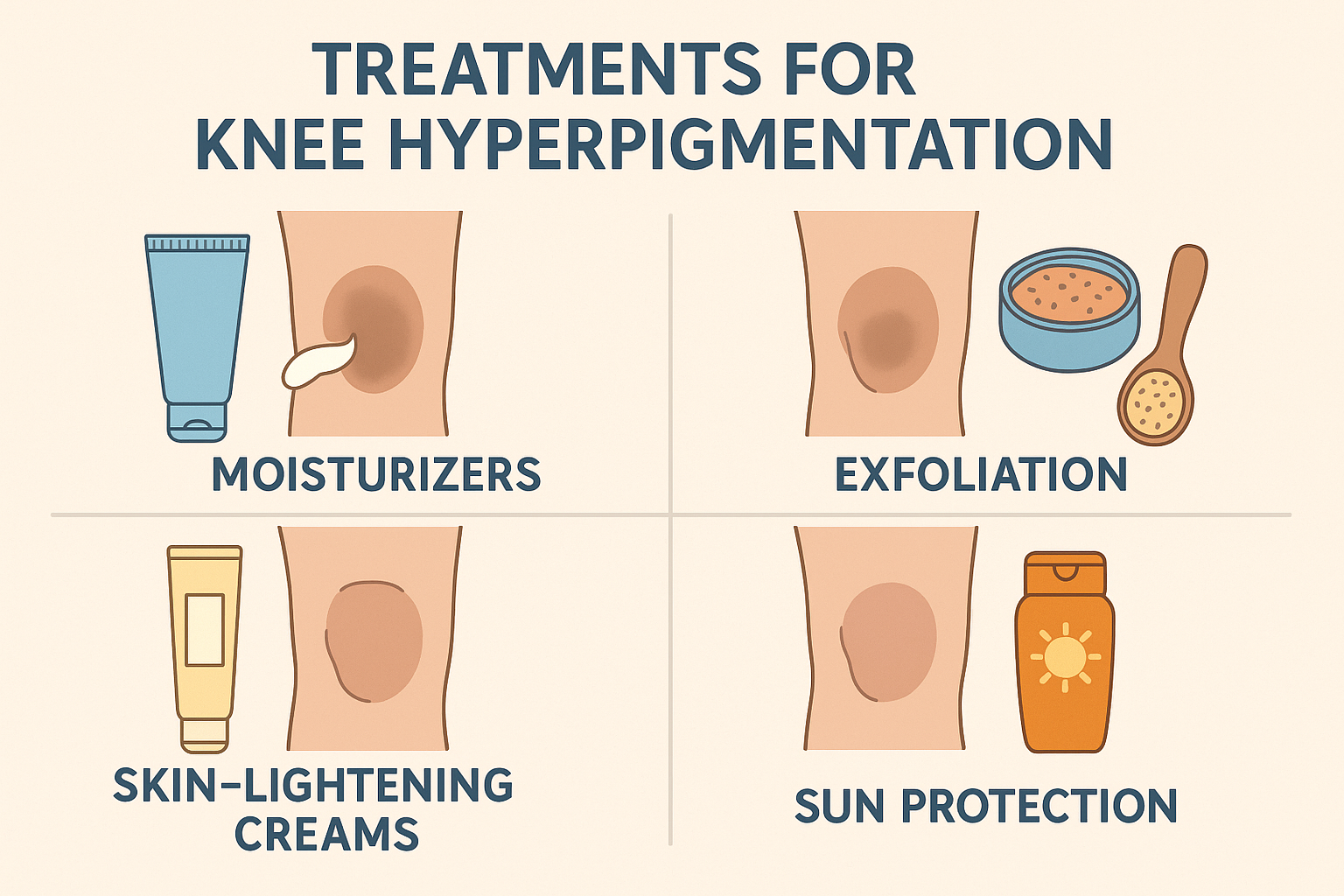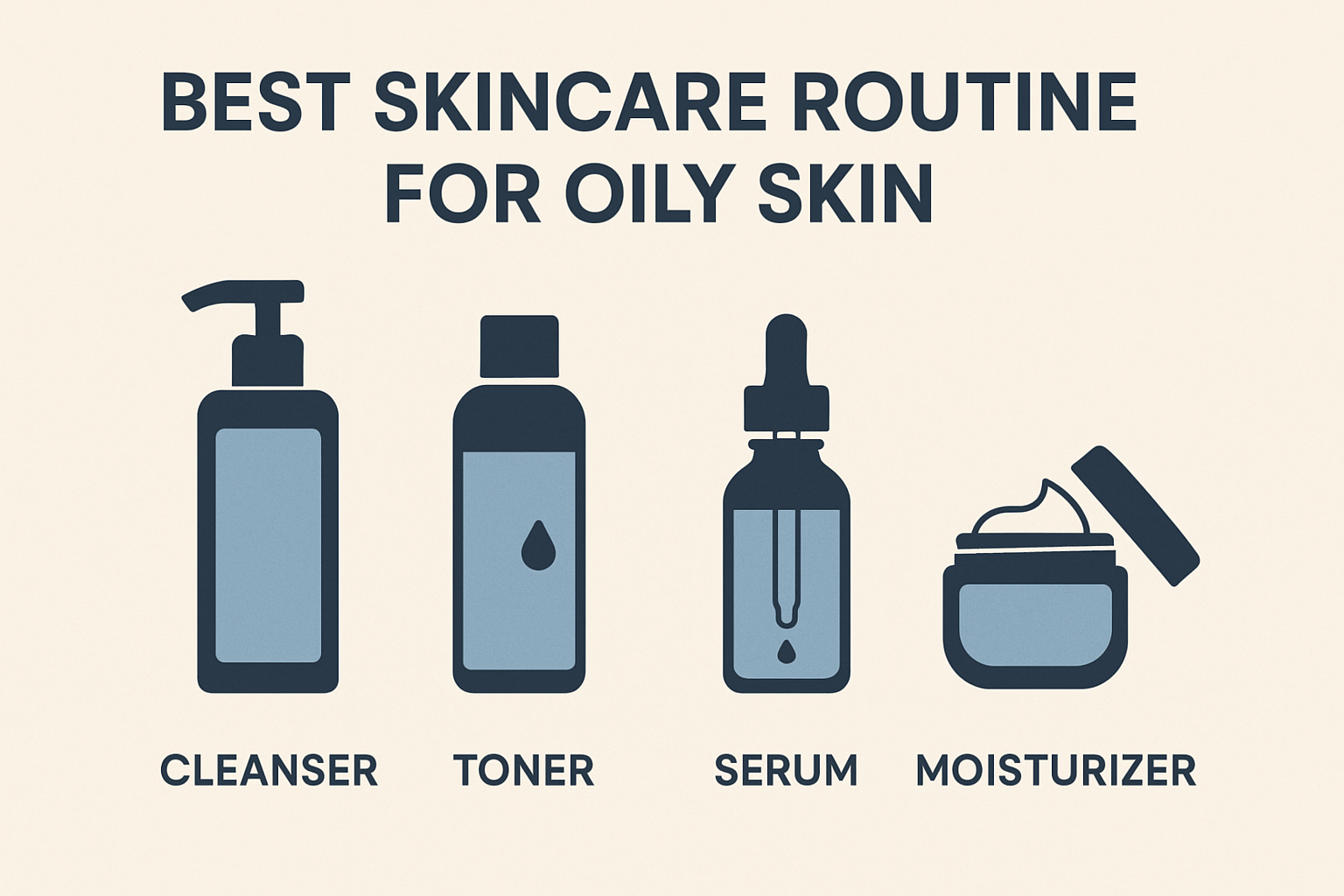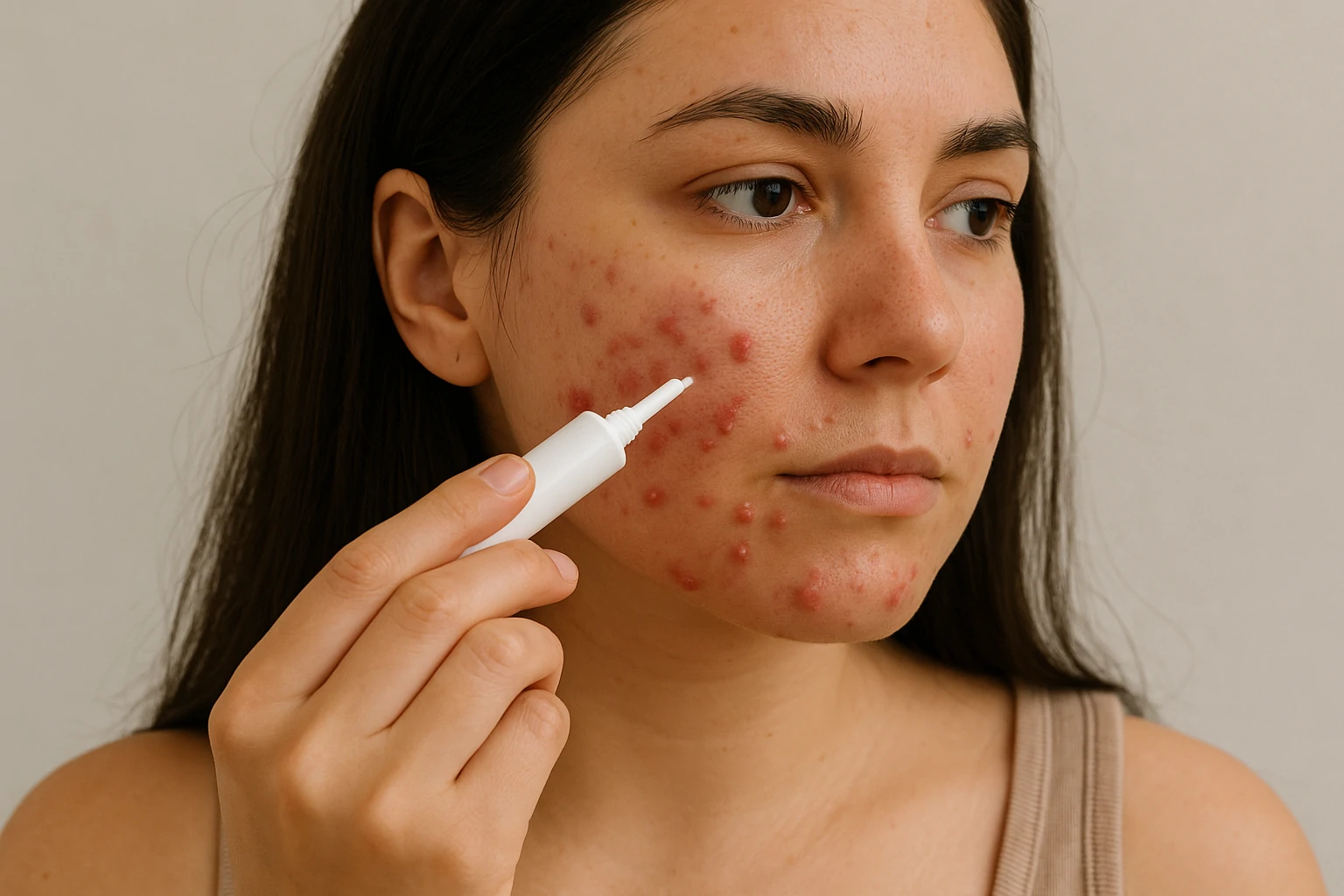Dry Skin? Discover the Dermatologist-Approved Skincare Routine That Actually Works

If you’ve been struggling with dry skin that just won’t improve, you’re not alone — and you’ve come to the right place for solutions.
Dry skin can be caused by many factors, including cold weather, low humidity, or simply your skin’s natural tendency to lose moisture. The symptoms are hard to ignore: your skin may feel tight, rough, flaky, or even start peeling. It can be uncomfortable, almost as if your face is wrapped in a stiff layer that makes it hard for your skin to “breathe.”
The good news is, dry skin isn’t something you have to accept. With the right skincare routine and consistent care, your skin can become noticeably softer, smoother, and healthier. What once felt dry and dull can regain its moisture, bounce, and glow.
To help you care for dry skin effectively, we’ve consulted three trusted dermatologists. They’ve shared simple yet powerful advice — from the essential steps in a daily skincare routine, to key ingredients to look for (such as hyaluronic acid, ceramides, and glycerin), and common habits to avoid (like washing your face with hot water or using products high in alcohol).
So, if you’re ready to say goodbye to tight, dry skin, keep reading. Discover the secrets to healthy, hydrated skin — all from the comfort of your home, with the right knowledge and the right products.
What Is Dry Skin?
Dry skin isn’t just a cosmetic concern — it’s also a sign that your skin’s natural protective barrier isn’t working as well as it should. When this barrier is compromised, your skin loses moisture more easily and becomes more vulnerable to environmental stressors like pollution, wind, and dry air.
According to Dr. Joshua Zeichner, a renowned dermatologist, dry skin is often accompanied by tiny cracks in the outermost layer of the skin, known as the stratum corneum. These cracks allow moisture to escape and make it easier for external irritants to enter the skin, which can lead to inflammation and discomfort.
That’s why a proper skincare routine — especially in the morning — is essential for anyone dealing with dry skin. Morning skincare isn’t just about cleansing; it’s about preparing your skin to face the day and reinforcing its protective barrier with moisturisers and targeted active ingredients.
With the right steps — including a gentle cleanser, a soothing toner, a hydrating serum, and an emollient-rich moisturiser — your skin can restore its ability to hold onto moisture naturally. And don’t forget sunscreen: protecting your skin from UV rays is just as important, as sun exposure can make dryness even worse.
So, if you have dry skin, start your day with a thoughtful routine to keep your skin comfortable, hydrated, and well-protected all day long.
Top Ingredients to Soothe Dry Skin
The best moisturisers for dry skin are formulated with three key types of ingredients: emollients, occlusives, and humectants. Together, these ingredients work to lock in moisture and keep your skin healthy, soft, and hydrated.
Emollients help moisturise the skin while repairing its protective barrier. They work by filling in the gaps between dry or damaged skin cells, leaving the skin feeling smoother and softer. Common emollients include petrolatum (like Vaseline), shea butter, and cocoa butter — all well-known for providing long-lasting hydration.
Occlusives, on the other hand, form a protective layer on the surface of the skin. This layer prevents moisture from evaporating, helping the skin stay hydrated for longer periods. Typical occlusive ingredients include beeswax, argan oil, jojoba oil, and mineral oil — all especially effective for very dry or dehydrated skin.
Humectants draw water to the skin’s surface, either from the environment or from deeper layers of the skin. By attracting and retaining moisture, humectants play a crucial role in keeping the skin hydrated. Two of the most popular and effective humectants are hyaluronic acid and glycerin, both known for their impressive ability to bind water.
When combined in a single formula, emollients, occlusives, and humectants work in harmony to deliver deep and lasting hydration — making them the ultimate trio for dry skin care.
Morning Skincare Steps to Protect and Energize Your Skin
Step 1: Non-Foaming Cleanser
Choosing the right facial cleanser is especially important for those with dry skin. According to Dr. Lian Mack, a dermatologist, your morning routine should ideally start with a gentle, non-foaming cleanser. These types of cleansers are usually formulated with hydrating ingredients, so they not only cleanse the skin but also help maintain its natural moisture balance.
Dr. Joshua Zeichner, another leading dermatologist, explains that a gentle cleanser can effectively remove dirt and excess oil without compromising the skin’s protective barrier. In contrast, foaming cleansers often contain strong detergents that can strip the skin of its natural oils, making them less suitable for sensitive or dry skin types. When the outer layer of the skin is damaged, it becomes more prone to dryness, irritation, and even inflammation.
That’s why it’s essential to choose skincare products that match your skin’s needs. Avoiding harsh, foaming cleansers can go a long way in supporting your skin’s health. In fact, starting your routine with the right cleanser lays the foundation for balanced, healthy-looking skin in the long run.
Step 2: Vitamin C Serum
After cleansing your face, the next step recommended by Dr. Lian Mack is to restore and boost skin hydration by applying a vitamin C serum. This serum not only acts as a powerful antioxidant but also helps the skin retain moisture naturally. Vitamin C supports collagen production and protects the skin from damage caused by free radicals, making it a key foundation in any morning skincare routine.
Dr. Mack also suggests applying hyaluronic acid after the vitamin C serum. Hyaluronic acid is a highly effective humectant, meaning it draws and holds water within the skin. This helps the skin stay deeply hydrated, leaving it looking plumper, smoother, and more supple. When used consistently, hyaluronic acid can also reduce the appearance of fine lines and wrinkles, helping the skin look healthier and more youthful.
The combination of vitamin C and hyaluronic acid is a smart way to maintain moisture while also brightening and improving skin elasticity. It’s a simple routine, but one that can have a significant and lasting impact on your skin’s health and appearance.
Step 3: Moisturizer
For some people, using a moisturising sunscreen (SPF) is enough to keep their skin hydrated throughout the day. However, Dr. Lian Mack highlights that for those with very dry skin, it’s best to apply a dedicated moisturiser first, followed by a sunscreen with SPF 30 or higher. This extra layer of hydration helps keep the skin comfortable and well-moisturised, even when exposed to the sun.
When choosing a moisturiser, Dr. Joshua Zeichner recommends looking for a formula that’s lightweight yet effective. Ideally, it should soften rough skin cells, draw water into the skin, and create a protective layer to prevent moisture loss. He also notes that many people mistakenly believe that oily skin is well-hydrated — but in fact, skin can look shiny and still suffer from dehydration.
Dr. Zeichner explains that oil and water are two separate components of skin health. For example, during the summer months, increased oil production can make skin appear greasy, even though the skin might still lack sufficient moisture. That’s why using a moisturiser with hydrating ingredients, like hyaluronic acid, is essential.
One of Dr. Zeichner’s top recommendations is Neutrogena Hydro Boost Water Gel. This product contains hyaluronic acid, which acts like a sponge—drawing moisture into the skin and locking it in, leaving the skin feeling fresh, smooth, and healthy all day long.
Step 4: SPF
Using sunscreen (SPF) is essential for all skin types — including dry skin. Sun exposure and environmental pollution are among the main causes of free radical damage, which plays a major role in premature skin aging. As dermatologist Dr. Joshua Zeichner explains, UV radiation doesn’t discriminate based on skin type — everyone is vulnerable to its harmful effects.
For those with dry skin, the challenge is not only to shield the skin from the sun but also to help maintain its natural moisture. That’s why choosing the right sunscreen is especially important. Dr. Zeichner recommends looking for products that serve a dual purpose: providing sun protection while also offering hydration. Moisturisers with built-in SPF are often a better choice than traditional sunscreens, which are typically formulated to be more matte or dry — especially those designed for beach or sports use.
It’s also important to pay attention to the SPF level. A minimum of SPF 30 is recommended to ensure proper protection against both UVA and UVB rays. It’s worth noting that makeup with SPF alone is usually not enough, as most people don’t apply a thick enough layer for full coverage. To stay protected, sunscreen should be reapplied every two hours, especially after sweating, swimming, or prolonged sun exposure.
With the right product and a consistent sunscreen routine, dry skin can stay protected from sun damage while remaining hydrated and healthy.
Night Skincare Steps You Should Never Skip
Step 1: Cleansing Balm to Remove Makeup and SPF
The first step in an ideal nighttime skincare routine is to thoroughly cleanse the face to remove makeup and sunscreen (SPF) from the day. This step is essential to prevent clogged pores, irritation, and breakouts. You can choose between a cleansing balm or micellar water, depending on your skin type and needs. Cleansing balms, with their soft, oily texture, are highly effective at dissolving heavy makeup and impurities, making them a great option for dry or sensitive skin.
On the other hand, micellar water contains small molecules that attract dirt and oil, offering a lighter and more convenient option — especially for oily or combination skin. Thorough cleansing at this stage is the foundation for the next steps in your skincare routine, ensuring that the subsequent products work more effectively.
Step 2: Hydrating Cleanser
After cleansing the face, the next step is to apply a serum and topical products that help lock in moisture to keep the skin hydrated. It’s important to choose products that support hydration, rather than ones that could worsen the skin’s condition.
According to Dr. Mack, if the skin is very dry, it’s best to avoid products with vitamin A derivatives, such as retinoids and retinol, as these can cause irritation and worsen dryness. Instead, Dr. Mack recommends using a serum containing hyaluronic acid — a substance known for its ability to draw and hold water in the skin, ensuring optimal moisture retention.
After applying the serum, the next crucial step is to follow up with a moisturiser rich in hydrating ingredients. This combination helps reinforce the skin’s protective barrier, reducing the risk of moisture loss, while leaving the skin looking healthier, softer, and more supple. Choosing the right products based on your skin’s needs is key to achieving successful skincare results.
Step 3: Targeted Treatment
The first step is to cleanse the face to remove dirt and oil. After that, it’s important to allow about 20 minutes for the skin to dry completely before applying any products. This waiting time helps prevent irritation, as active ingredients like retinol and benzoyl peroxide can cause dryness or inflammation on sensitive skin.
Applying products while the skin is still slightly damp can increase the risk of irritation because active ingredients are absorbed more quickly, sometimes leading to an overreaction. By ensuring the skin is fully dry, the active ingredients can work more effectively without causing unwanted side effects. This waiting period is crucial for ensuring that your skincare routine is as effective as possible while keeping your skin healthy.
Step 4: Hydrating Serum
While using a hydrating serum isn’t mandatory, many dermatologists recommend adding one to your skincare routine to help maintain moisture and reduce potential side effects from active ingredients, such as retinol. Retinol is well known for its effectiveness in treating signs of aging and acne, but it can often cause dryness and irritation.
Hyaluronic acid (HA) is one of the most recommended hydrating serums, thanks to its ability to draw moisture into the skin. For the best results, hyaluronic acid works most effectively when applied to slightly damp skin. That’s why it’s often advised to lightly mist your face with water after applying retinol and before using your HA serum. This allows hyaluronic acid to better lock moisture into the skin.
If this extra step feels too complicated, you can still apply hyaluronic acid directly to dry skin after retinol. While the effect won’t be quite as optimal as it would be on damp skin, HA will still provide valuable hydration, helping to balance the skin’s moisture levels and reduce dryness linked to retinol use. This way, your skin stays hydrated and protected — without compromising the effectiveness of your skincare products.
Step 5: Moisturizer
While moisturisers are important to use throughout the day, applying them at night is especially crucial. At night, the skin enters a phase of rest and recovery, making it the best time to provide extra care for dry skin. During this time, the skin has a chance to absorb active ingredients more effectively, without interference from external factors like sunlight or pollution.
Dr. Hartman recommends that people with dry skin use a thicker cream-based moisturiser rather than a lotion. Creams tend to contain more occlusive ingredients, which form a protective layer on the skin’s surface and prevent moisture from escaping. These occlusive ingredients are vital for dry skin because they help lock moisture in, keeping the skin hydrated for a longer period.
Thicker creams also have better staying power compared to lotions, which tend to absorb quickly and can feel dry sooner. By choosing a richer cream, dry skin can maintain its hydration throughout the night, allowing the skin’s recovery process to occur more optimally.
Step 6: Face Oil
Facial oils serve as a protective layer that helps lock moisture into the skin. After applying a moisturiser, the skin has absorbed the necessary water and nutrients, but these can evaporate without a protective barrier. This is where facial oils come in: they create an occlusive barrier that prevents moisture from evaporating, helping the skin stay hydrated and feeling plump by the next morning.
However, it’s important to note that facial oils are not essential for everyone. Dr. Hartman emphasizes that facial oils should only be used after moisturiser, as their main function is to seal in the existing moisture, not to hydrate from the start.
Additionally, if someone has dry, acne-prone skin, this step can be skipped. For such skin types, adding extra oil can exacerbate the condition, clog pores, and potentially trigger breakouts.
In essence, facial oil is a supplement, not a replacement for moisturiser. It’s ideal for providing extra protection to your skin’s moisture, especially in dry or air-conditioned environments at night. However, its necessity depends on your individual skin condition, so it’s important to use it wisely to ensure optimal skincare results.
Dry Skin Routine Tips
- Avoid Hot Water: While a hot shower can feel relaxing and soothe tense muscles, high temperatures can damage the skin’s natural protective barrier. Hot water strips away the natural oils that maintain moisture, making dry or sensitive skin even worse. It’s better to use warm water to cleanse your face, then immediately apply moisturiser while the skin is still slightly damp. This is important for locking moisture into the skin, and using an occlusive product as the final layer will help prevent moisture from evaporating.
- Apply Moisturiser While Skin Is Still Damp: After washing your face, don’t wait for the skin to dry completely before applying moisturiser. Damp skin is better able to “lock in” moisture, making your moisturiser more effective at maintaining hydration.
- Add a Sheet Mask Once a Week: Using a sheet mask with a high moisture content, like the 111 Skin Cryo De-Puffing Mask, can be a great addition to your skincare routine to nourish and hydrate the skin instantly, especially when the skin feels dry or dull.
- Be Careful When Using Retinol: Retinol is effective for anti-aging treatments, but for dry skin, its use should be gradual. Dr. Hartman recommends starting with 1-2 times a week to allow the skin to adjust. Always make sure to apply moisturiser both in the morning and at night, and consider using the “retinol sandwich” method to reduce irritation, although the effectiveness of retinol may slightly decrease. Use retinol only on completely dry skin to avoid overreaction.
- Avoid Products Containing Alcohol: Products with alcohol can make the skin even drier. Dr. Hartman also advises against using astringents like witch hazel, as they can strip the skin of its natural moisture.
Conclusion
To restore skin moisture, a skincare routine should include three key components: humectants, emollients, and occlusives. Humectants like glycerin or hyaluronic acid work by drawing moisture from the environment into the skin’s layers, helping to fill the gaps between dry skin cells. Next, emollients like squalane or ceramides help to coat and smooth the skin’s surface, making it more supple and comfortable. Finally, occlusives like petrolatum or facial oils form a protective barrier on the skin, preventing moisture from evaporating and keeping the absorbed hydration locked in.
Additionally, it’s important to avoid ingredients or habits that deplete moisture. Alcohol in skincare products can accelerate the evaporation of water from the skin, making it drier. Similarly, using overly harsh exfoliants—although they may seem effective at removing peeling skin—can damage the skin’s natural barrier and worsen dryness.
Another crucial point is avoiding hot water when washing your face. While it may feel soothing, hot water strips away the natural oils that protect moisture, making dry skin even more imbalanced. Caring for dry skin means focusing on the balance between hydration and protection, not just cleansing or exfoliating dead skin layers.






 Acne
Acne Anti-Aging
Anti-Aging Business
Business Digital Marketing
Digital Marketing Economics
Economics Movies
Movies Personal Finance
Personal Finance Websites
Websites
